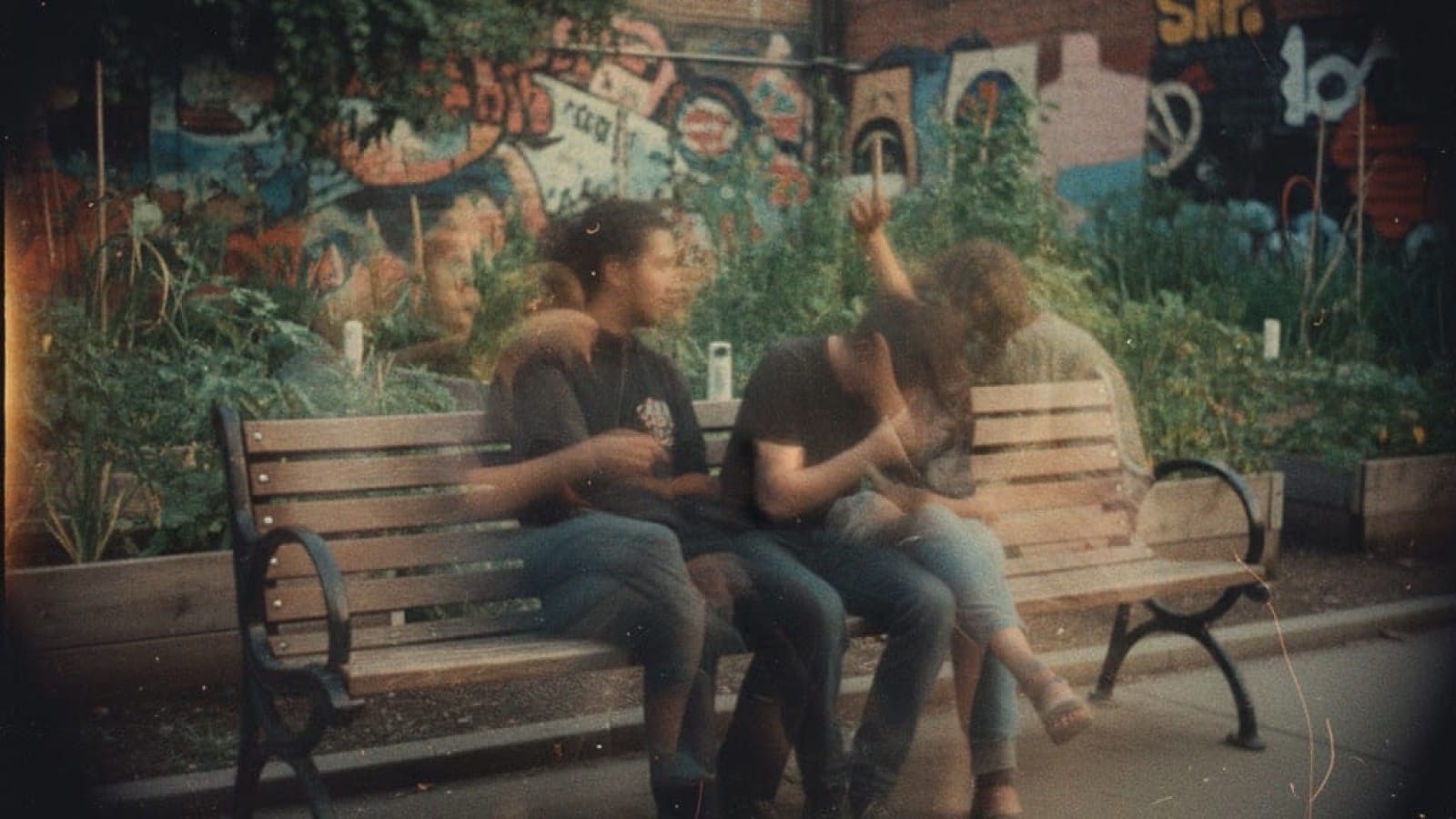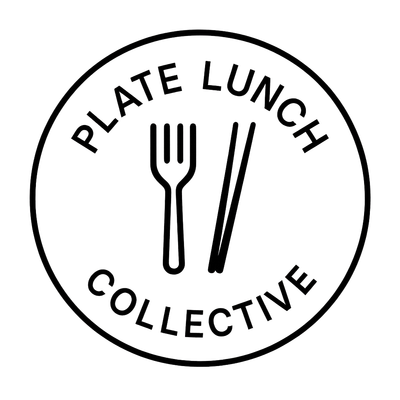The Loneliness Economy: How Solving for Human Connection Became a Marketing Strategy

The Surgeon General called loneliness an epidemic in 2023. That line should've rewritten every marketing plan in America. Half the country is lonely. The other half just hasn't admitted it yet.
The numbers sound clinical. The reality feels familiar, tired, transactional, everywhere you look.Between 2003 and 2020, time Americans spent with friends collapsed from 60 minutes a day to 20 minutes. That's a two-thirds decline. Young adults aged 18 to 29 report the highest loneliness rates of any generation—somewhere between 31% and 61% feel lonely always or often. Only 17% feel strongly connected to a community.
Forty percent of young adults have one or two caring friends. Twelve percent have zero.
The health implications rival smoking: 29% increased risk of heart disease, 32% increased risk of stroke. The health toll bleeds into everything else. Work, spending, attention, care. What looks like an economic story starts as something simpler: people feeling worse, together.
The infrastructure that used to hold people together is gone. Sociologist Ray Oldenburg called them "third places" in 1989: the informal spaces between home and work where community naturally formed. Coffee shops, corner bars, rec centers, libraries. By 2020, they were already disappearing. Then the pandemic finished the job. Restaurant visits dropped 70%. Coffee shops closed. Music venues shuttered.
One in five Americans now lives in a community with no common gathering space at all.
Gen Z adapted by building digital replacements: Discord servers, group chats, private subreddits. They connect, but they don't convene. Users aged 18 to 24 spend over 90 minutes daily on Discord, yet report the lowest community connection rates of any generation.
The Business Case for Building Third Places
Peloton sells exercise bikes. But their business model isn't hardware. It's retention. Eighty-eight to eighty-nine percent of subscribers stay for a full year. Traditional gyms see annual churn rates that make CFOs wince.
The difference isn't the product. It's the social infrastructure. Instructor relationships that feel personal. Leaderboard competition that creates friendly rivalry. #PelotonDads hashtag groups. A 470,000-member Facebook community where riders recognize each other's usernames the way neighbors once waved across the street.
The product is the bike. The retention driver is the community. Peloton didn't accidentally build social features—they architected for loneliness first, fitness second.
Discord processes 1.1 billion messages daily across 19 million weekly-active servers. Most of those servers—90%—have fewer than 15 members. Tiny, tight-knit groups.
The platform's value isn't in massive scale. It's in providing infrastructure for micro-communities to exist without requiring anyone to build the technology themselves.
Discord didn't create the communities. They made it possible for communities to create themselves.
They didn’t design a product to hold people. They built a place and let the people shape it.
Glossier built a beauty empire on the comment section of founder Emily Weiss's blog, Into The Gloss. Before launching products, they asked readers to describe their "dream cleanser" and analyzed #ITGTopShelfie photos to see what was missing from routines. They tapped 150 highly engaged readers to form an invitation-only Slack group. Those superfans tested products and generated over 400 Instagram posts before the official launch.
The audience became co-creators before they became customers. Glossier didn't build a product and find a market. They built a community and the products emerged from what the community wanted.
The conservative media company Daily Wire turned Facebook engagement into over a million paid subscribers by 2022. Their articles frequently generated more likes, shares, and comments than The New York Times, CNN, The Washington Post, and NBC News combined. The business model isn't news—it's offering an audience a place to gather around shared identity.
You start to see the shape repeat itself. A beauty brand, a media company, a campaign. All building places for people to gather. The conversions just happen somewhere in the background.
When Politics Became a Case Study
In late 2025, a New York City mayoral race provided an unexpected proof point.
A state assemblyman named Zohran Mamdani was polling at 1% a year earlier. By election day, he'd defeated a former governor in the city's highest-turnout race in half a century. Young voter participation doubled—from 17.9% to 35.2%.
The New York Times coverage described volunteers who said the campaign solved their loneliness, not just their politics. One told reporters it was "what I would prescribe for the loneliness epidemic."
What made the campaign notable wasn't the politics. It was the method.
The events were deliberately accessible: trivia nights, soccer games, bar crawls with five-dollar beers.
In a city where a single cocktail costs $18-22 and dinner runs $50+ per person, modest accessibility matters. Young New Yorkers need nearly $95,000 annual income just to qualify to rent a median one-bedroom alone. They spend 60% of their income on rent. They carry $526 average monthly student loan payments.
Creating gathering spaces that don't require purchasing power isn't charity. It's economic alignment.
The campaign built pop-up third places. A park became a commons. A board game night became a ritual. A scavenger hunt turned the city grid into a playground.
No paywall. No purchase. Just participation.
Like Glossier: co-creation. Supporters made their own merch, organized their own events.
Like Peloton: shared struggle. Economic anxiety as the binding force.
Like Discord: decentralized infrastructure. Neighborhood-level organizing, autonomous groups.
Like Daily Wire: high engagement converting to action. Viral content driving turnout.
The "product" was political change. The retention driver was identical to commercial brands: people stayed because of the community, not just the cause.
The Pattern That Connects Them
Every successful example follows the same sequence.
First: identify the deficit. Not what people want to buy. What they're missing in their lives. Peloton identified isolation in home fitness. Discord identified the collapse of informal hangout spaces. Glossier identified the gap between beauty marketing and actual beauty routines. The Mamdani campaign identified young people who couldn't afford to go out but desperately needed reasons to gather.
Second: build infrastructure, not content. Most brands optimize for what to say. These examples optimized for where people could gather. Peloton built leaderboards and instructor relationships. Discord built servers and voice channels. Glossier built comment sections and Slack groups. The campaign built trivia nights and bar crawls.
The infrastructure enables the community to create its own content. The brand provides the structure, not the substance.
Third: make participation accessible at multiple levels. Not everyone can be a core member. That's fine. The key is offering meaningful engagement at every level of commitment.
Casual participation: Follow the content, watch from the sidelines, lurk in the Discord.
Low commitment: Attend one event, try one class, comment once.
Medium commitment: Show up regularly, join the group chat, participate in challenges.
High commitment: Become an instructor, moderate a server, organize local events.
Each rung feels meaningful. Each rung gives something back.
Most brands build only the first two—scroll and buy—then call it loyalty when it's really just frequency.
Fourth: solve for the human problem first, the business problem second. This is the hardest part because it feels inefficient.
Peloton could have just sold bikes and streaming classes. Instead they built social features that have nothing to do with fitness. Discord could have focused on gaming only. Instead they enabled communities around mental health, homework help, and book clubs. Glossier could have launched products through traditional retail. Instead they spent years cultivating a comment section.
The Mamdani campaign could have focused purely on voter outreach and policy messaging. Instead they hosted Valentine's Day mixers and document shredding parties.
The inefficiency is the point.
Real community is slow. It builds through repetition, small gestures, consistency that compounds over time. You can't automate it. You can't optimize it like a funnel.

The Economic Reality That Makes This Work
There's a reason this strategy is working now and not ten years ago. The economic context shifted.
Young workers spend 60% of their income on housing. Student loans average $526 monthly. Going out—the traditional way people built social connections—became a luxury good. A Friday night in a major city costs $80-100. That's 15-20% of a biweekly paycheck for someone making $50,000.
The third places where previous generations built community got priced out of existence. What remains is either too expensive or doesn't exist.
This creates an opening. Any brand that provides social infrastructure without requiring spending becomes valuable not just for what it sells, but for what it enables.
Five-dollar beer nights matter when the alternative is $20 cocktails. Free Discord servers matter when coffee shops are closing. Peloton's digital community matters when gym memberships go unused because people work from home.
The brands winning right now treat economic accessibility as a feature, not a limitation.
What This Means for Your Business
The question isn't whether your customers are lonely. They are. The data is conclusive.
The question is whether you're building infrastructure for them to find each other, or just building an audience to receive your messages.
Audit your current approach:
Can your customers connect with each other, or only with you?
If you disappeared tomorrow, would they keep gathering?
Can someone be highly engaged without purchasing anything?
Do people generate value for each other, or only consume what you produce?
Is there social currency in participation, or is it purely transactional?
If the answers reveal you're building an audience, not a community, here's what changes:
Stop optimizing for reach. Start optimizing for density. Ten people who know each other's names matter more than 10,000 who scroll past your content.
Stop measuring conversion rates exclusively. Start tracking: How many people showed up because their friends were there? How many formed relationships with other customers? How many would miss this if it disappeared?
Stop asking people to spend money to participate. Create engagement opportunities that cost nothing. Make the barrier to entry showing up, not paying up.
Stop creating all the content. Build infrastructure for customers to create content for each other. The comment section matters more than the article.
Stop trying to scale community. Community doesn't scale—it replicates. Discord doesn't have one massive community. It has 19 million small ones using the same infrastructure.
The Accounting That Matters
Here's the uncomfortable part: this approach produces outcomes that are hard to measure alongside easy ones.
Easy to measure: conversions, revenue, subscriber count.
Hard to measure: "I made friends." "This brought back my confidence." "I belonged somewhere."
But somewhere in those unmeasurable moments is why Peloton keeps 89% of subscribers for a full year while traditional gyms watch people vanish after February. Somewhere in there is why Discord users spend 90 minutes a day in servers with 15 people. Somewhere in there is why young voters doubled their turnout for a candidate they'd never heard of a year earlier.
The accounting has to balance differently. Not "how much did we extract" but "how much did we give back." Not "how many converted" but "how many stayed because their friends were there."
Most marketing is extractive. Give us your attention. Give us your data. Give us your money. The transaction is the point.
What if the transaction is just the byproduct?
When you're spending 60% of your income on rent and can't afford to go out, and you've watched your social life collapse from 60 minutes a day with friends to 20, and only 17% of people your age feel connected to anything—when that's your reality, someone offering infrastructure to find other people is offering something more valuable than a product.
They're offering a Friday night. A reason to text a friend. A third place in a world that eliminated all the places you used to go.
What Happens Next
The infrastructure for human connection has been quietly dismantled over two decades. Whoever rebuilds it earns the next generation's loyalty. Whether that's a fitness company, a messaging platform, a beauty brand, a media company, a political campaign, or your business.
Not because they optimized for it. Because they made it possible again.
The brands that win won't have the best targeting algorithms or the most sophisticated personalization engines. They'll be the ones people actually want to show up for.
Not because they have to. Because their friends are there.
The loneliness epidemic isn’t something to brand around. It’s a measure of how far the seams have come apart. Still, if you make things for people, this is the gravity you’re working in now.
You can call it empathy or opportunity. Either way, it’s the same work.
Plate Lunch Collective works with brands building third places, not audiences. Work with us.


Member discussion